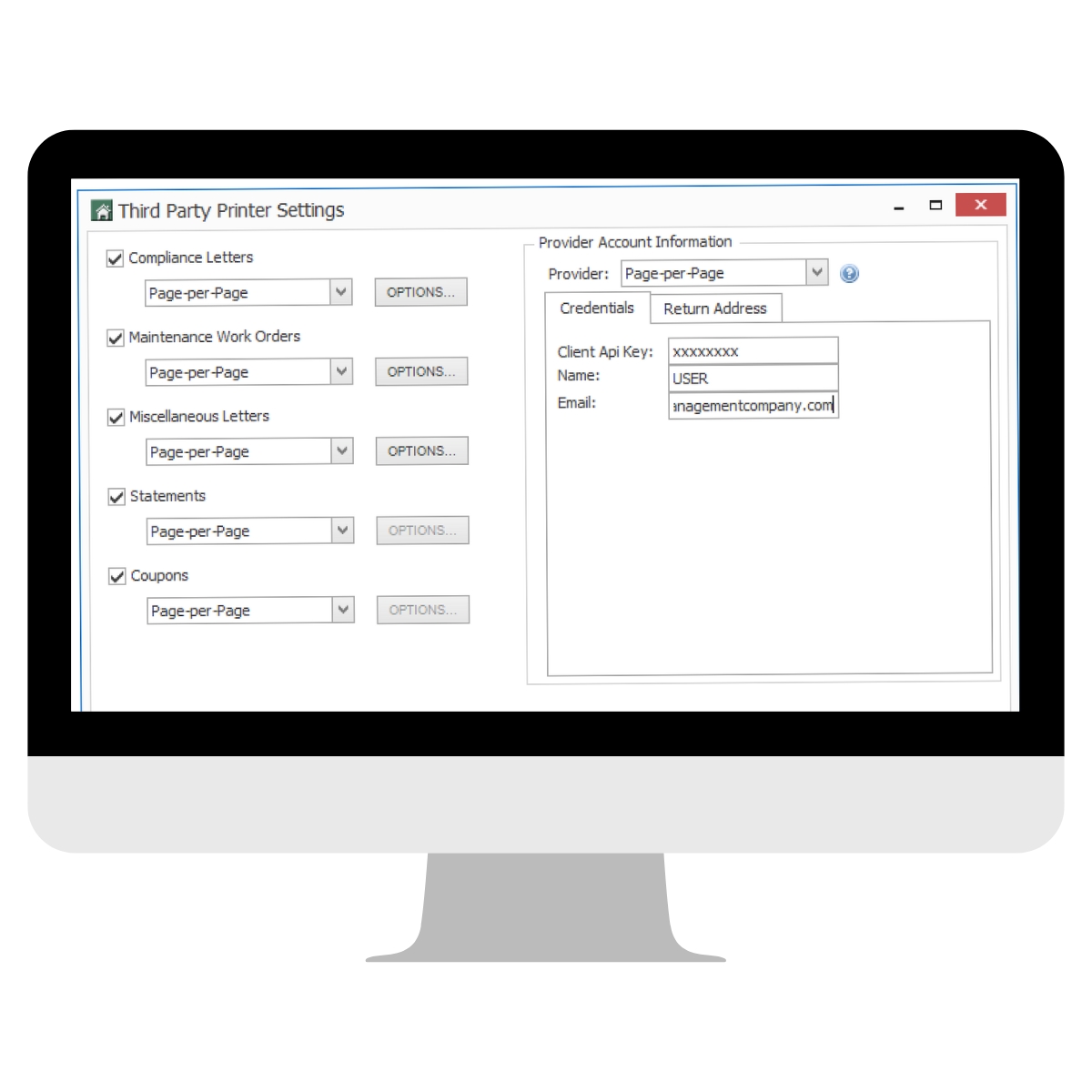When you’re learning how to start an association, one of the most important pieces to the HOA puzzle is voting! Your homeowners get a say when it comes to big decisions involving their community. Whether that’s increasing dues to support grounds upkeep or electing board members who will represent everyone, voting holds a vital role in an HOA’s decision-making process. Because of that very reason, it’s essential to understand the ins and outs of HOA ballots and voting processes!
Know the Rules of HOA Voting
It all starts with knowing the rules of HOA voting, which vary from state-to-state. In order to fully understand voting procedures, it is imperative to know both state laws and the rules of Covenants, Conditions, and Restrictions (CC&R). These will lay out the conditions of majority votes, renter’s rights, and proper notices.
Quorum and Majority Vote
A quorum is the predetermined percentage of the population that must vote in order for an election to be valid. If quorum is achieved, then the bylaws will dictate what percentage of votes are needed in order for an election to pass. Since these rules vary by state, the majority may simply just be above 50% while others can require a 67%, 75% or even 100% vote.
Renter’s Rights
Most associations do not allow renters to vote in elections, even when outcomes of the vote can affect the property rented. The legal right to vote on community issues and offices remains with the legal property owner.
Giving Proper Notice
A vote that involves electing members into office typically requires a 30-day notice whereas other votes held at community meetings, intended to make quick, important decisions, typically require only 10 days. Without giving proper notice, the decision of a vote can be challenged.
Understand HOA Ballot Requirements
In addition to voting rules, HOA ballots must meet complex standards to preserve the essential confidentiality of a vote and to comply with legal requirements. Every state has different rules regarding acceptable ballots and how they can be collected. That said, there are a plethora of possibilities including:
- Non-Secret Ballots: The HOA typically includes a single return envelope which allows the voter’s selection to be visible to all.
- Secret Ballots: The HOA typically sends 2 envelopes, a return envelope and secret ballot envelope which keeps the voter’s selections secret.
- Proxy Votes: Some states allow homeowners to assign their vote to another homeowner to vote on their behalf. In this case, the HOA might send three envelopes, a return envelope, a secret ballot envelope, and a proxy envelope.
Before ordering your official ballots, make sure to consult your attorney for legal advice regarding the proper ballots to use.
Consider Different Ways to Vote
The process of mailing in a ballot can be tedious and some homeowners may not have time for casting votes in person, while others may not complete a paper ballot at all. Luckily, advancing technology empowers associations with additional options to streamline the voting process.
For example, Association Vote gives homeowners a paper ballot as well as an email ballot, leading them to an online platform where they can vote electronically, on-the-go. This allows the homeowner to vote in multiple ways:
- Email: Homeowners can cast electronic votes quickly in a short written message
- Mobile: Voters can use their mobile phone to digitally and securely cast a vote for instant tabulation
- Paper: Those with time can follow traditional methods of casting their community decisions
Employing multiple ways of voting can help you increase voting numbers and meet “quorum” as required by state law and CC&R.
Making Ballot Creation and Voting Easy with Page Per Page
Educating yourself on proper voting and ballot procedures can reveal the complexity of community decision-making and elections. But, businesses like Page Per Page and Association Vote can help streamline the process while keeping members informed and meeting legal requirements!
For traditional voting practices, Page Per Page can help you to create and distribute paper HOA ballots that meet state law and CC&R conditions, while Association Vote opens the possibility of quick and easy electronic vote casting.





